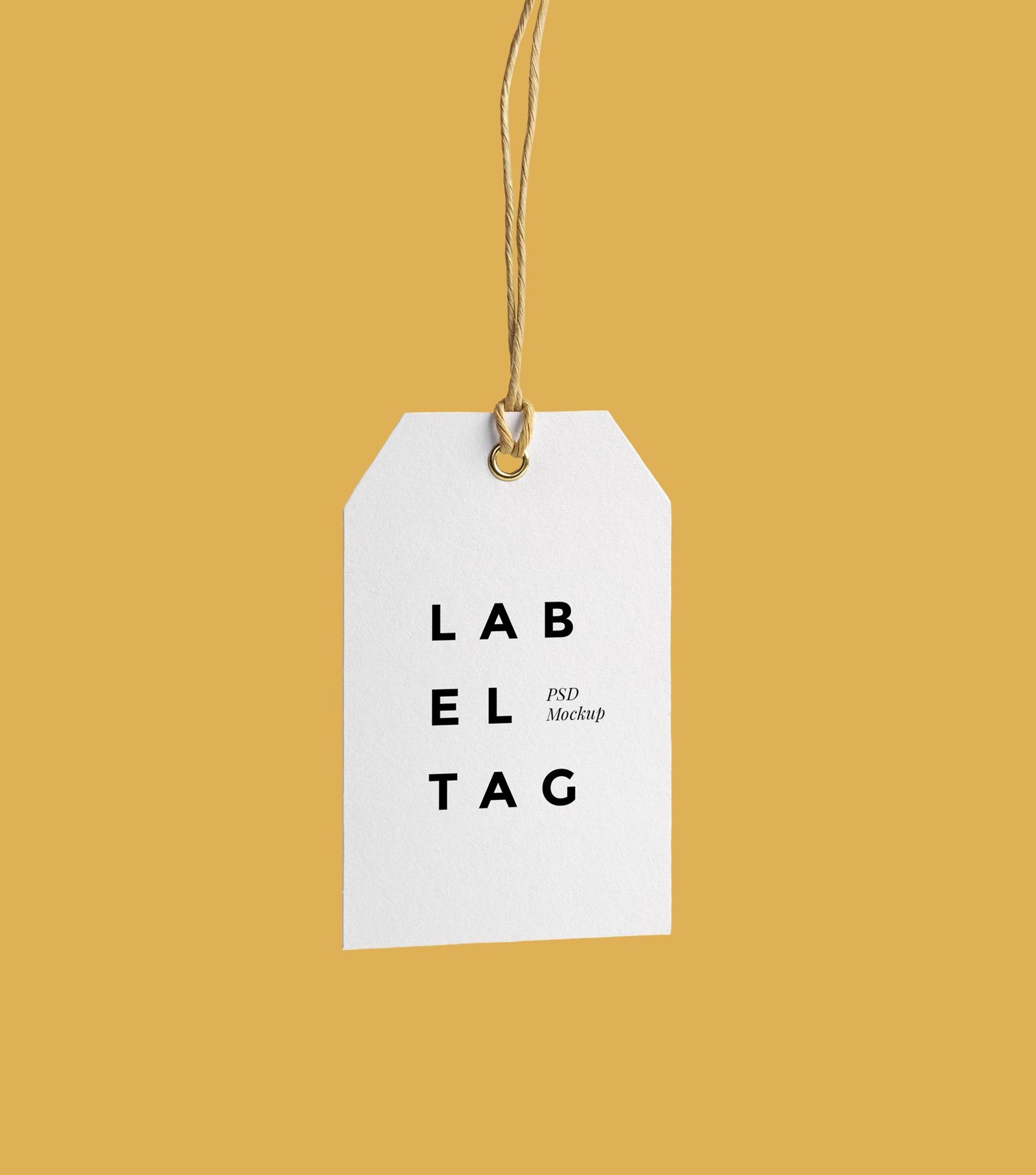

However, this bright, brash-sounding chord has found its way into many popular songs spanning a variety of genres - from country to blues-inflected classic rock. In this lesson, we’ll show you one way to play the B7 chord in an open position, learn about the notes that make up this chord, and show you a few songs that use the B7 chord. You’ll learn to play the chord and listen for it in popular music before trying your hand at playing it yourself. When learning to play different chords, you may hear a lot about the formulas that comprise minor chords and major chords. Seventh chords, like the B7 chord, use a slightly different formula, adding a flattened 7th note of the B major scale to your standard major chord formula. That extra 7th note is what gives the B7 chord its melodic twang. In Preview, choose menu option File > Export (or File > Save As on some versions of OS X).
#COLUMNS AND GUTTERS IN ISTUDIO PUBLISHER PDF#
In the print dialog box, click the 'PDF' button and choose 'Open PDF in Preview. Your root note (B) dictates the scale you’ll use to create a chord, using the standard major chord formula. In iStudio Publisher, choose menu option File > Print. So, you would play your root note (B) along with the major 3rd (D#) and perfect 5th (F#) to give you a standard B major chord. To turn that B major into a B7, you’d simply add in the 7th note of the B major scale flattened, or taken down a half-step. In the B major scale, the 7th note is actually an A#. However, if you take that A# down half a step (as called for by the 7th chord formula), you have an A note.Ĭombine B, D#, F#, and A together and you have a B7 guitar chord. Now that you understand more of the musical theory behind the construction of a B7 chord, it’s time to play it. To play the B7 chord on guitar, you’d place your fingers on the following frets and strings: One of the most frequent ways to play the B7 chord is in the open position, in standard tuning. Index finger: 1st fret of the D (4th) string.Middle finger: 2nd fret of the A (5th) string.Ring finger: 2nd fret of the G (3rd) string.Pinky finger: 2nd fret of the E (1st) string.Strum five strings down from the A (5th) string, omitting your low E (6th) string. Signup to earn the B7 guitar chord open position (v1) in Fender Play. The B7 chord’s bright, clanging tone lends itself to add punch to songs across a wide swath of genres. From pop standards to old and new country songs to blues-tinted rock, the B7 chord can be heard in a variety of tunes.
#COLUMNS AND GUTTERS IN ISTUDIO PUBLISHER TRIAL#
#B7 guitar chord trialįeel like putting your knowledge of the B7 chord into practice? Unlock these song lessons below (and even more!) when you sign up for a free trial of Fender Play.

The iconic “ (I Can’t Get No) Satisfaction” by the equally iconic Rolling Stones incorporates the B7 chord alongside an E and A chord to provide the rhythmic backbone of the tune. When played beneath the very recognizable riff of the song (you instantly know it when you hear it!), it demonstrates how this bold chord lends a bluesy punch to the tune that’s become a staple of any rock guitarist’s repertoire. Jimmy Page also put the B7 chord through its paces on Led Zeppelin’s “ You Shook Me,” originally recorded by blues legend Muddy Waters.


 0 kommentar(er)
0 kommentar(er)
